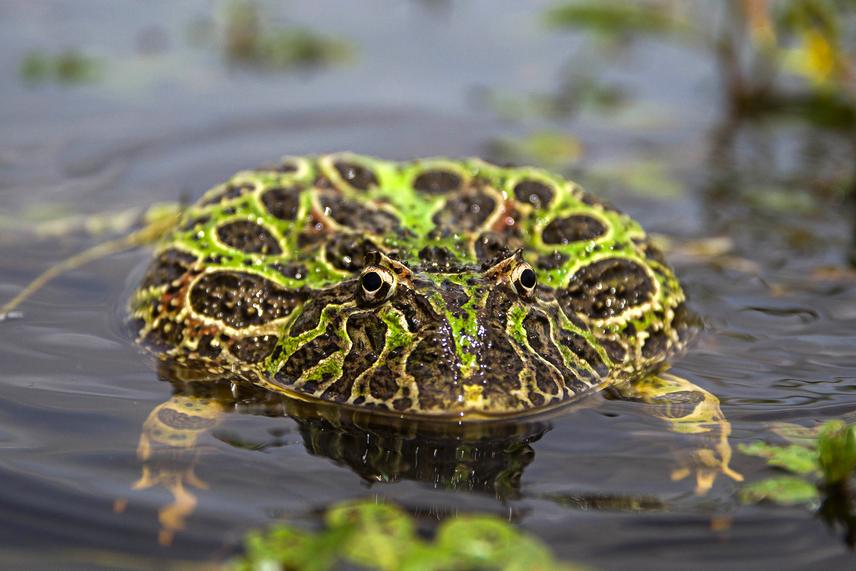Camila Deutsch
Other projects
12 May 2016
Ceratophrys ornata, the Giant of the Pampas: Developing a Comprehensive Conservation and Management Strategy
30 Jun 2020
The Giant of the Pampas: Creating the Grassroots to Conserve Ceratophrys ornata in the South American Grasslands
Ceratophrys ornata is an endemic amphibian of the South American Temperate Grasslands. Historically occurring in Argentina, Brazil, and Uruguay, recent studies show the species is now restricted to central Argentina, with fragmented populations in the Flooding and Inland Pampas. Global and national conservation assessments have identified habitat loss, pollution, human aversion, and illegal pet trade as the main threats. However, until 2017, these assessments relied largely on anecdotal information, lacking data on the severity and extent of these threats.

Ceratophrys ornata female. © Pablo Saibene.
Since 2016, the Giant of the Pampas Project has focused on understanding the ecology of C. ornata to inform evidence-based conservation actions. It has helped identify the main drivers of decline and has engaged local communities through environmental education, outreach, and citizen science. As a result of this work, the IUCN updated the species’ conservation status from Near Threatened to Vulnerable in 2024.
Ceratophrys ornata populations are under constant pressure from land use changes and habitat degradation, highlighting the urgent need for conservation actions. We have identified breeding sites that persist on private lands managed under low-impact grazing practices. These areas offer potential for the species’ survival in human-modified landscapes. However, these areas alone cannot ensure population survival, so we propose expanding the identification of more suitable habitats. Partnering with ranchers presents an excellent opportunity since they value wetlands and flooded pastures as forage resources. Additionally, we have detected specimens in newly urbanized areas overlapping grasslands and wetlands, where they risk being run over or attacked by domestic animals or humans. As a contingency measure, we have initiated an Ex-Situ Management Plan supported by Amphibian Ark to translocate at-risk animals to nearby flooded grassland areas.
In the next stage of the project, we seek to integrate in-situ and ex-situ actions to mitigate habitat loss while promoting sustainable livestock practices, ensuring the protection of C. ornata and the grasslands and wetlands it inhabits.
Header image: Tadpole of Ceratophrys ornata. © Javier Gutierrez.